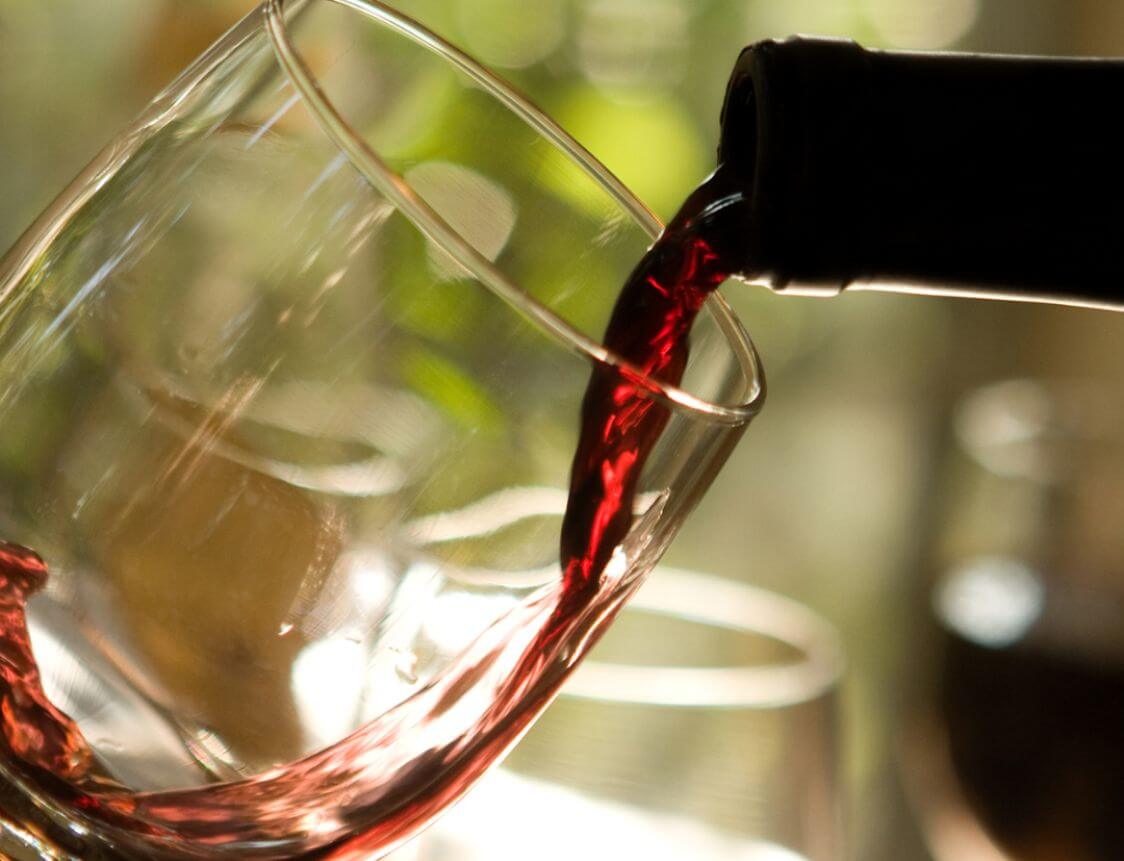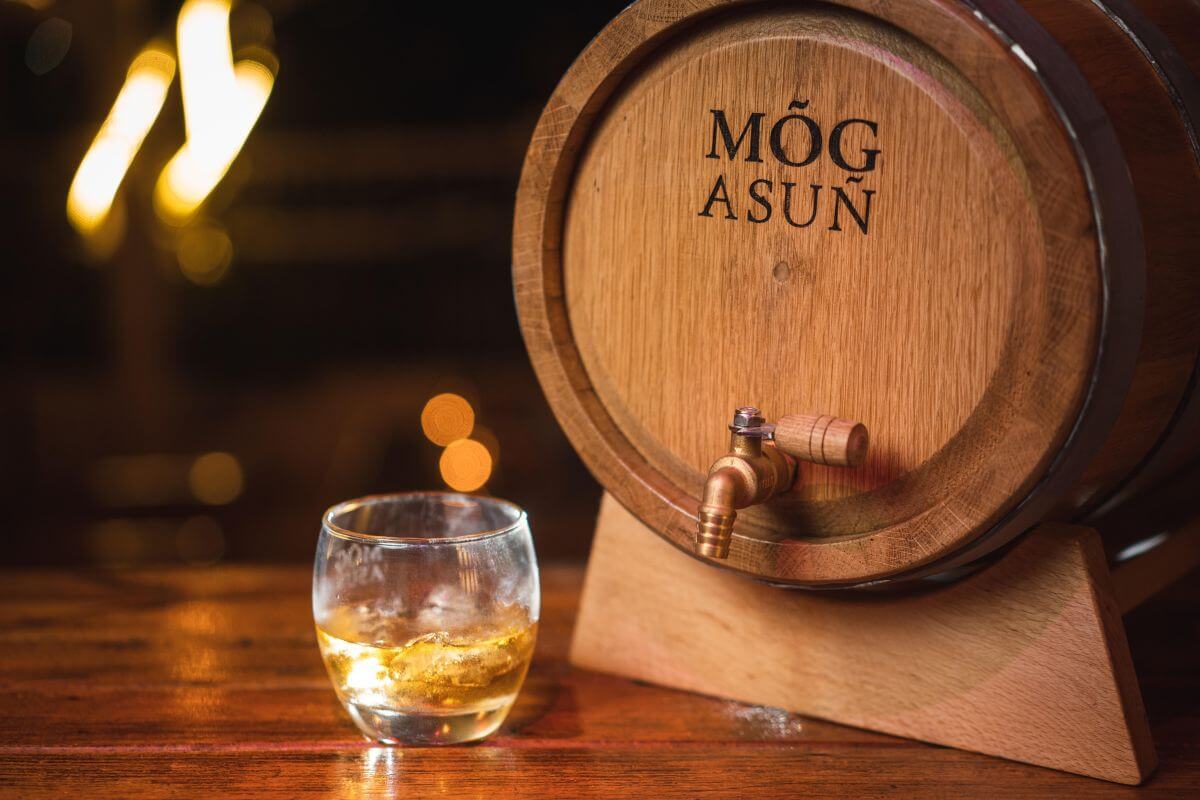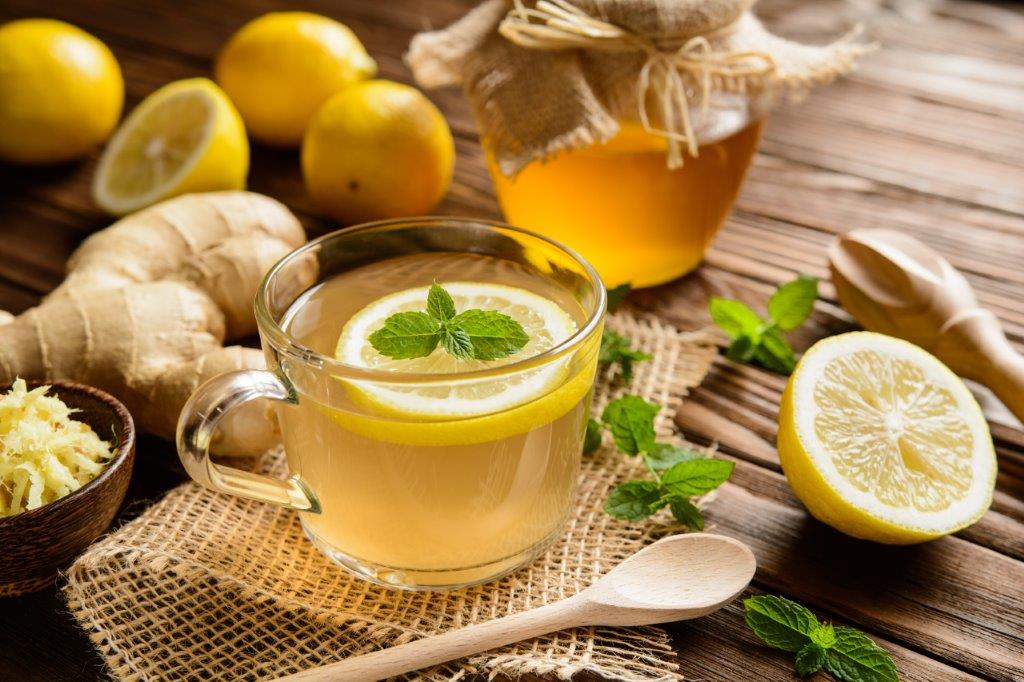It is shocking but true that all the major brands of honey sold in India are adulterated with the Sugar Syrup claimed by the CSE, according to sample testing studies done by CALF has discovered that as much as 77 percent of samples were found adulterated with the addition of Sugar Syrup. out of the 22 samples checked only 5 were passed the tests. Now the question is how to find out if your honey is pure? Lets us take a look at this article…
The figure of 77 percent is very high and that makes it more difficult to whom to trust. The Centre for Analysis and Learning in Livestock and Food (CALF) at the National Dairy Development Board (NDDB) in Gujarat had tested the samples of all the major brands and it found out that honey sold in India by the majority of brands are adulterated with sugar syrup.
The Centre for Science and Environment (CSE) the environment watchdog, made these shocking revelations in the media on Wednesday. The food researchers had selected 13 top and smaller brands of processed and raw honey being sold in India to check their purity.
“Honey samples from leading brands such as Dabur, Patanjali, Baidyanath, Zandu, Hitkari and Apis Himalaya, all failed the NMR (Nuclear Magnetic Resonance) test,” the study said.
The PTI news agency tried to contact the Dabur, Zandu, and Patanjali on the CSE findings but there was no response from them while the other companies like Baindyanath could not be contacted immediately.
Samples of these brands were first tested at the Centre for Analysis and Learning in Livestock and Food (CALF) at the National Dairy Development Board (NDDB) in Gujarat.
According to the Centre for Science and Environment, all the top brands had passed the purity tests in the initial tests but when tested on Nuclear Magnetic Resonance (NMR) technology most of the major brands failed the tests.
“But when the same brands were tested using Nuclear Magnetic Resonance (NMR) – laboratory tests currently being used globally to check for such modified sugar syrups – almost all big and small brands failed. Out of the 13 brand tests, only three passed the NMR test, which was done by a specialized laboratory in Germany,” it claimed.
“What we found was shocking. It shows how the business of adulteration has evolved so that it can pass the stipulated tests in India. Our concern is not just that the honey we eat is adulterated, but that this adulteration is difficult to catch. In fact, we have found that the sugar syrups are designed so that they can go undetected,” said Amit Khurana, program director of CSE’s Food Safety and Toxins team.
The CSE also claimed that it tracked down Chinese trade portals which were advertising fructose syrup that can bypass tests to check adulteration. It also found that the same Chinese companies that advertised this fructose syrup that can beat C3 and C4 tests were also exported to India.
The CSE director general Sunita Narain said they then conducted an undercover operation to find out more.
“Chinese companies informed CSE that even if 50-80 per cent of the honey is adulterated with syrup, it would pass all stipulated tests. A sample of the syrup that can bypass tests was then sent by the Chinese company as paint pigment to get through customs,” she claimed.
“We are consuming honey – more of it to fight the pandemic. But honey adulterated with sugar will not make us well. It will, in fact, make us even more vulnerable. On the other hand, what should also concern us is that the loss of bees will lead to a collapse of our food system – bees are critical for pollination; if honey is adulterated, then not only do we lose our health, but also the productivity of our agriculture,” she said.
“Ensure that every honey company is required to trace back the origins of the honey – from the beekeeper to the hive,” she said.
“We need to strengthen enforcement in India through public testing so that companies are held responsible. The government should get samples tested using advanced technologies and make this information public so that consumers are aware and our health is not compromised. It will also hold companies responsible,” Narain added.
How To Test The Purity of Your Honey?
Pure honey has many benefits and one of them is keeping you safe from diabetics but when the same honey is adulterated with the sugar syrup it loses all its goodness. Checking the purity while buying is no more the reliable option now and It can be quite a challenge to find good, pure honey. The very first sign of your honey is adulterated is when you open the jar of honey and hear a little ‘pop’ sound that could signal that the honey has been adulterated as some fermentation process may have take place inside it.
The best quality of honey comes from bees and not factories and so, a good starting point would be to read the ingredient label. Look out for words like ‘raw’, ‘natural’, ‘forest honey’ or ‘organic’ – they may be safer than regular honey. But, since food regulations remain a bit dodgy, you can never be too sure and this may not be a foolproof way. So, can you really tell the difference between real and fake honey? To know the truth, test it at home. Here are some easy tricks to check its purity and ways to spot adulterated honey.
1. The Thumb Test
Place a small amount of honey on your thumb and check if spills or spreads around like any other liquid. If it does, it may not be pure. Pure honey is thick while impure honey will be runny. Pure honey sticks to the surface it is applied to and doesn’t drip away. Moreover, the taste of impure honey may linger due to the presence of added sugar.
2. The Water Test
Take a teaspoon of the honey and put in a glass full of water. Fake or adulterated honey will dissolve in the water while pure honey which has a more dense texture will settle right at the bottom of the glass as lumps. The same is the case with blotting paper or a white cloth. If you pour pure honey on the two, it will not get absorbed or leave stains.
3. The Flame Test
You may have not known this, but pure honey is inflammable. Although, we’ll request to you observe utmost caution while performing this test and do it at your own risk. Take a dry matchstick and dip it in honey. Strike the matchstick against the matchbox. If it lights, your honey is pure. If it doesn’t light, it may be adulterated and may also contain some amount of moisture added while contamination.
4. The Vinegar Test
Mix a tablespoon of honey, some water, and 2-3 drops of vinegar essence together. If this mixture foams up, there’s a very high chance that your honey may be adulterated.
5. The Heat Test
If you heat pure honey, it will caramelize quickly and not become foamy. But, in the case of impure honey, it may not caramelize and become bubbly on heating.
Source : NDTV FOOD | Photo by Pixabay from Pexels
(With the Inputs from PTI)







